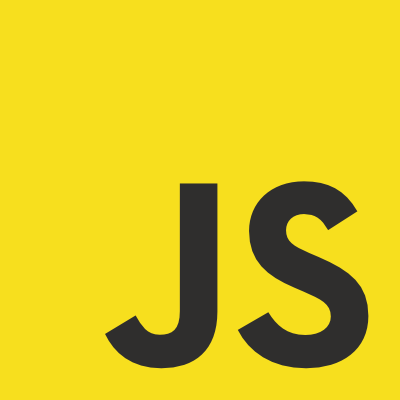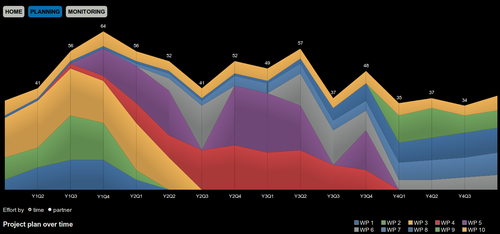Hook.io is very interesting, a framework that provides an Erlang-like actor model for Node.js. As the framework is quite new, documentation is a bit lacking. Here are some good links:
The Little Book on CoffeeScript
Dart, Google's JavaScript killerSo, Google finally announced Dart, their JavaScript killer. Initial reactions from the hacker community seem quite unimpressed.

Logo for JavaScript, courtesy of Chris Williams (source)

Learn about NoFlo and flow-based programming in JS.everywhere conference. October 15th in Boston.

These are tough times for fans of open mobile environments. Android is less and less open, Symbian was closed again, HP stopped making webOS devices, and now Intel abandoned MeeGo to work with Samsung and operators instead. So, what is the community to do? One option is to follow the lead of the big companies, hoping that Tizen works, or...
VIE is a JavaScript library that makes RDFa-annotated entities on web pages editable. We started the work towards the next major version of it, codenamed Zart (for Mozart) in a Salzburg IKS hackathon couple of weeks ago.

The purpose of business analytics is to find data from the company’s information systems that can be used to support decision making. What customers buy most? What do they do before a buying decision? What are the signs that a customer may be leaving?
Tutorial on sending and receiving email with Node.jsToday I wrote some examples of sending and receiving emails with Node.js.
Creating Objective-C applications with Node.jsNative-feeling Mac applications can now be built in JavaScript with NodObjC. This means OS X joins Windows 8 and GNOME in the group of desktop environments that can be targeted with the universal runtime. Hello World looks like the following:



